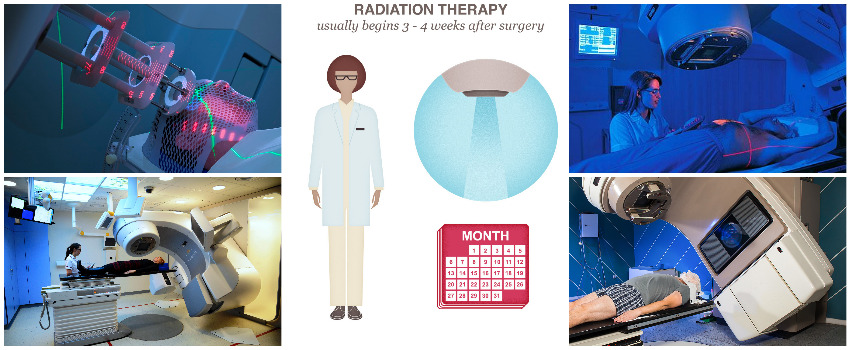
Radiation therapy, high-energy radiations are used to kill tumor cells and treat cancer. The basic aim to perform this procedure resides in preventing the healthy cell from the harmful side effects of Radiotherapy.
Side effects may depend on;
- The type of radiation used.
- Quantity of radiation exposed to the body.
- The region/part of your body that gets the treatment.
- Overall health of patient.
Common Side Effects are:
- Patients undergoing Radiotherapy may have two kinds of side effects: early and late.
- Early side effects involve nausea, fatigue, and skin problems that don’t last long.
- It starts during or right after Cancer treatment and last for several weeks once it ends or get better.
- Late side-effects includes lung or heart problems, may take years to show up and are often permanent when they do.
The most common types of high-energy radiations used to kill cancer cells and shrink tumors are; X-rays, gamma rays, or charged particles.
The radiation may be supplied with external-beam radiation therapy, or may produce from radioactive material placed inside the body near the cancer cells known as Brachytherapy. In radiation therapy various radioactive substances may be used, for e.g. radioactive iodine, that passes through the blood to kill cancer cells.
Various Factors Involved in using a specific type of Radiation Therapy:
- The cancer type and size in the body.
- The region or location of cancer’s in the body.
- The position of the cancer with respect to healthy tissues that are sensitive to radiation.
- The distance required to travel by the radiation into the body
- General health and medical history of the patient.
- History of other types of cancer treatment.
- The patient’s age and other medical conditions.
